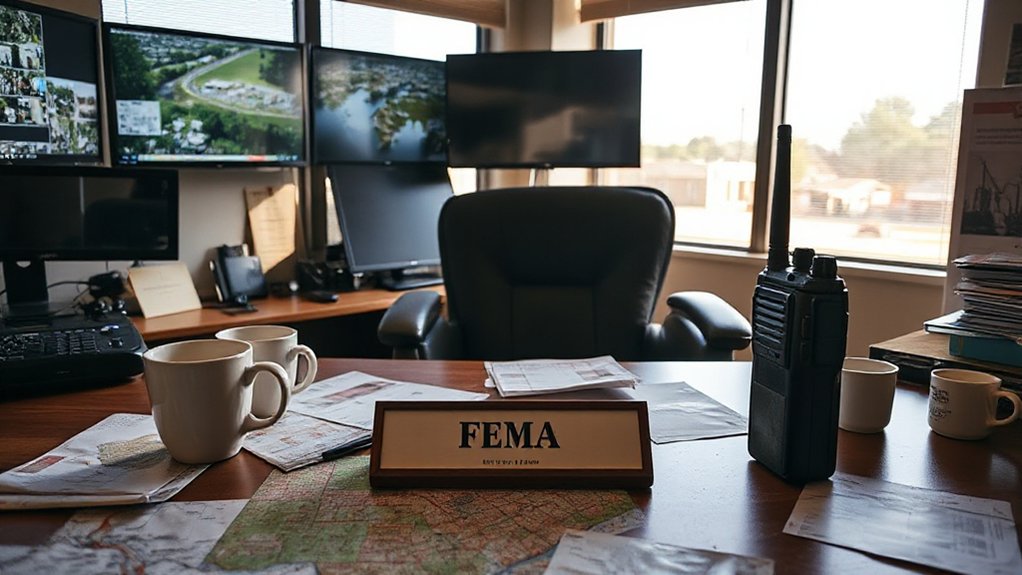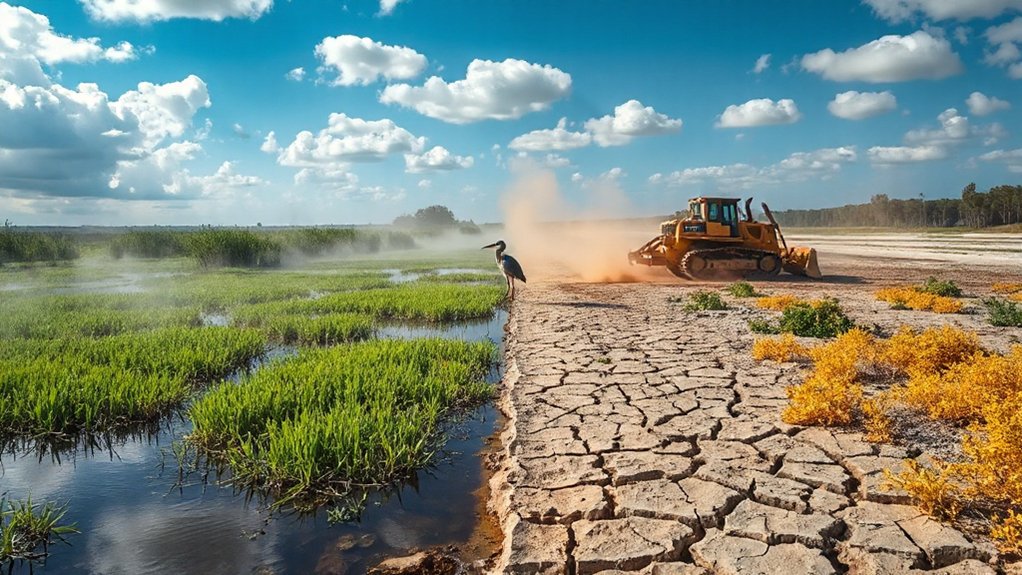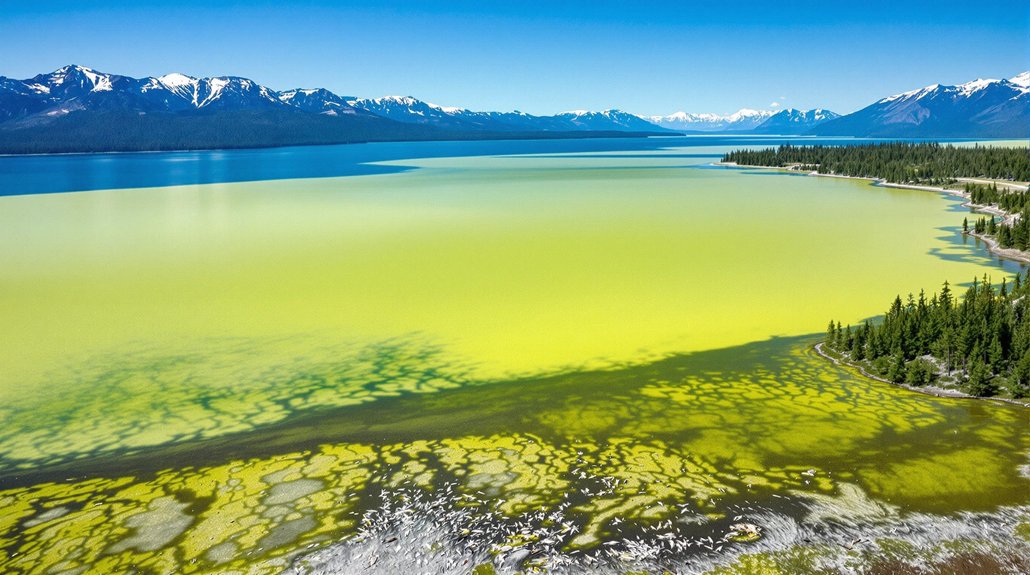While Texas communities were still bailing water from their living rooms, FEMA’s acting chief David Richardson decided to bail on his job. His resignation this week surprised exactly no one. Rumors had been swirling for weeks as criticism mounted over FEMA’s botched response to deadly July Fourth weekend flooding. Too little, too late seems to be the theme of his brief leadership stint.
FEMA’s Richardson jumped ship amid rising criticism, leaving disaster response floundering in his wake.
The Texas disaster left multiple people dead and property damaged across wide swaths of the state. Local officials didn’t mince words, blasting FEMA for its sluggish deployment and poor coordination. Where were the emergency teams when water was rising? Apparently stuck in bureaucratic quicksand.
Richardson faced a tsunami of criticism for dragging his feet on disaster declarations. Communication breakdowns between federal agencies and local authorities became painfully obvious as residents waited for help that arrived embarrassingly late. Public trust? Gone faster than floodwaters through a storm drain.
Now FEMA finds itself without a permanent leader during peak disaster season. Great timing. The next head will need Senate confirmation, a process about as speedy as continental drift. Meanwhile, interim leadership will attempt to steer the ship through potentially stormy waters.
Congressional leaders are demanding swift action to fill the leadership vacuum. Public opinion polls show Americans aren’t exactly brimming with confidence in federal disaster response capabilities. Shocking.
History repeats itself at FEMA. Previous agency heads have taken similar post-disaster exits when responses fell short. Senate confirmation delays for replacement candidates are practically tradition at this point.
The administration now faces pressure to appoint a leader who can actually respond to emergencies in, well, an emergency fashion. Reforms are needed to address the glaringly obvious gaps in crisis management. Faster response times and better coordination might be nice for next time.
Until then, affected communities are left wondering: who exactly is at the helm during the next disaster? The answer, for now, is blowing in the wind – hopefully not hurricane-force.









